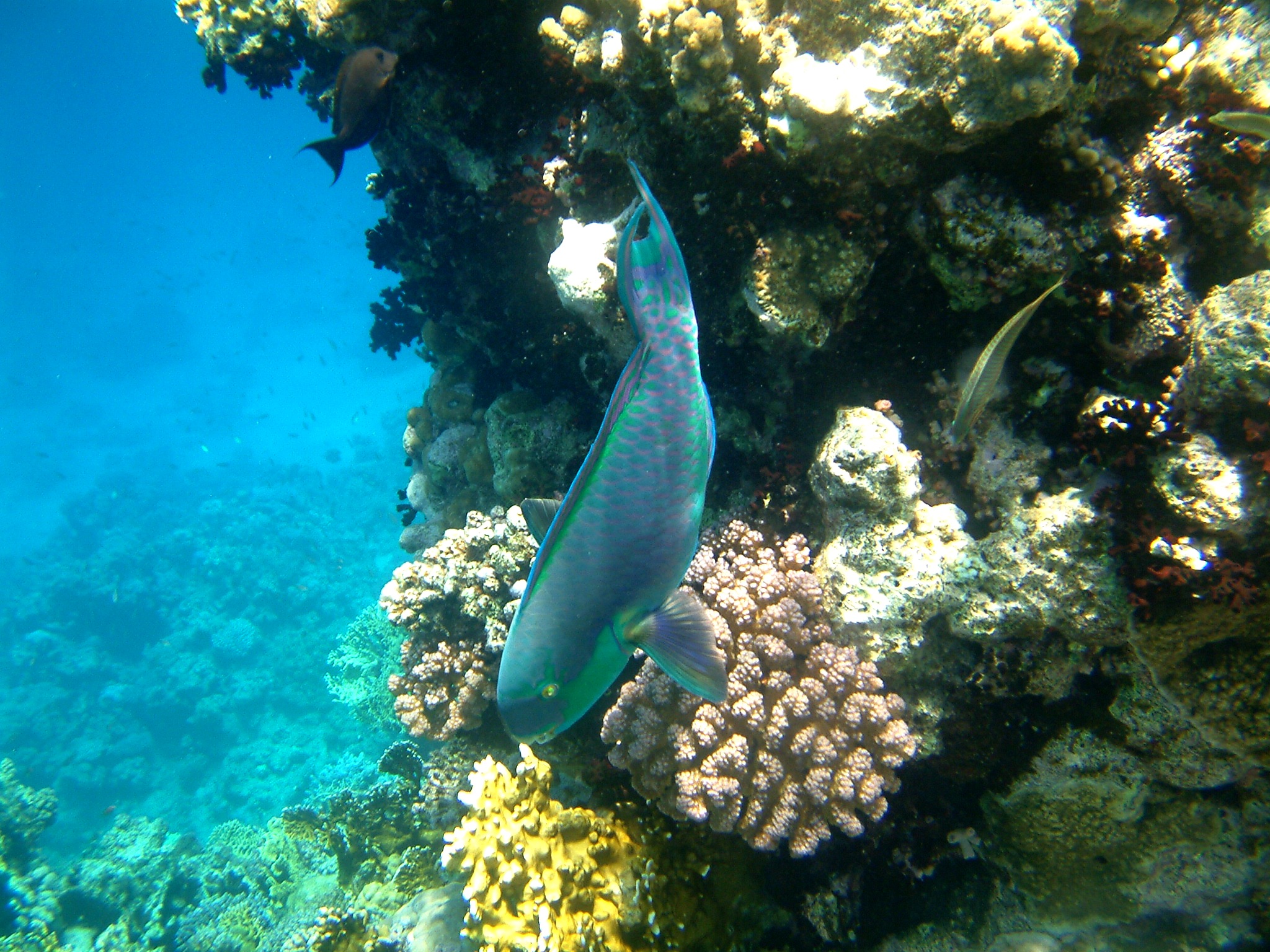The United Nations has appointed 2017 as The International Year of Sustainable Tourism.
This means as travelers, businesses and human beings, we have a responsibility to care for and leave a positive impact on our environment while wandering about our planet. We need to take action and speak out. We need to encourage the industry to become more responsible.
In 2015, 7.2 trillion dollars were spent on Travel and Tourism, accounting for nearly 10% of the global GDP, and one in ten jobs are a result of this industry. That is quite a positive economic impact!
Unfortunately the environmental impression from this industry isn’t quite so positive to say the least. Negative impacts from tourism occur when the level of visitor use is greater than the environment's ability to cope with this use. This includes the depletion of local natural resources, pollution and waste problems.
Here are a few tips for travelling green on your next vacation:
- Before you leave, remember to turn off and unplug everything that does not need to be on and turn down your heat or A/C.
- Consider taking a vacation closer to home. Many of us live in places where tourists from elsewhere visit, so take a holiday in your hometown and find out what it has to offer.
- Use other modes of transportation when possible. Trains and buses are more energy efficient than airplanes. Even cars can be more efficient than planes, especially with multiple passengers.
- If you do fly, choose the most direct route possible, since take-offs and landings use the most fuel, and fly during the daytime, because studies have shown that flights taken at night have a greater impact on the climate.
- Pack light - lighter planes mean less fuel is burned.
- Most of the plastic that has been produced is still here, so remember to bring reusable bags and water bottles for your trip.
photo by Campi ya Kenzi
- Choose a hotel that is eco-friendly. A quick google search can tell you which hotels have the best green policies. Leed certified hotels are a great option. Other programs to look for are: Green Key Global, Green Globe International, Green Seal and EcoRooms & EcoSuites
- While at your hotel, reuse towels and sheets, and remember to turn off lights, TV’s and heating/air conditioning when you leave the room.
- Remember to stay on paths while on hikes and respect the area. Whether you are at the beach or hiking through a jungle - clean up after yourself!
- Use Reef-safe sunscreens. They are very easy to find on-line. Here is one option.
- Never participate in animal petting of any kind or animal selfie shots. Do not visit animals in captivity who are used for entertainment (that includes zoos, marinas and circuses), and riding elephants is never an ethical activity no matter what anyone tells you.
- Consider volunteering on your vacation, but do the research before you go and make sure they are legit.
- Reconsider taking a cruise. Cruise ships are travelled by approximately 25 million passengers each year and the average daily garbage created by each passenger is around 8 pounds. The math is staggering! Many of these gargantuan floating hotels create as many air pollutants as five million cars going the same distance and burn over 150 tonnes of fuel a day.




















